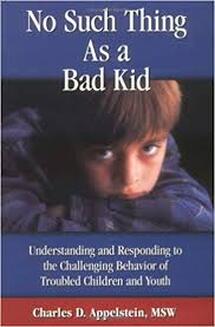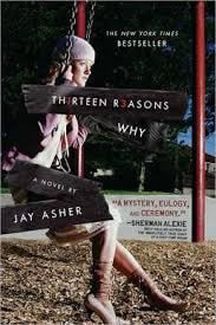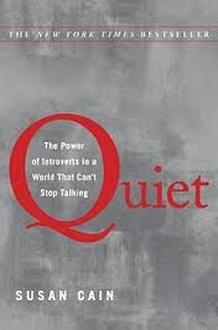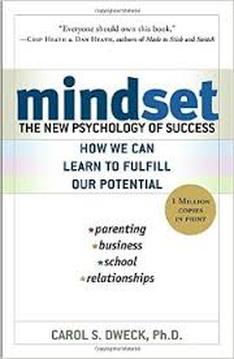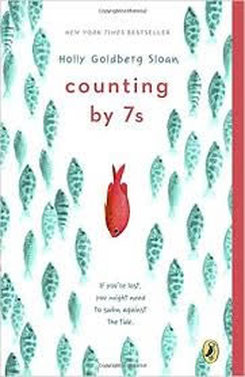Book Discussions
Getting your staff to commit to a book study, with multiple meetings, may be tough. Your English teacher who is also the volleyball, forensics, and drama coach just doesn't have multiple days free to meet. Instead try book discussions-- everyone reads the book, meet once for an hour of indepth discussion. You'll find staff continuing the conversation and discussion will keep going in the weeks and months to come.
Consider one of the books listed below.
Consider one of the books listed below.
|
No Such Thing As a Bad Kid
by Charles D. Appelstein "Understanding and responding to the challenging behavior of troubled children and youth," this book is specifically written for people who work with children-- especially children with challenging behaviors. In a systematic way it outlines how to look at and respond to behavior as well as providing specific guidelines for making it work in a variety of settings. 265 pages; easy to follow; good for beginning staff, and good review for experienced staff. Discussion Questions |
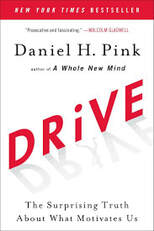
Drive, The Surprising Truth About What Motivates Us
By Daniel H. Pink "Drawing on four decades of scientific research on human motivation, Pink exposes the mismatch between what science knows and what business does—and how that affects every aspect of life (and education!). He examines the three elements of true motivation—autonomy, mastery, and purpose-and offers smart and surprising techniques for putting these into action. " Interesting implication for education and possibly why we are getting less from our students instead of more. Link to discussion page. |
Video outlines the premise of the book-- will motivate you to learn more.
Time: 18:31 |
|
Thirteen Reasons Why
By Jay Asher The book was published in 2007. The Netflix series with the same name, released this year, has caused quite a stir in professional communities. Great book for adults and those working with teens to read and talk about. What are the mental health and suicide concerns in the book and series; are the same implications of concern in your community? Discussion Guide 13 Reasons Why Resources- American School Counselors Association |
Definitely one of my favorite picks for a staff read-- a year later we still make references to this book.
|
The Primal Teen
By Barbara Strauch
“How can we ever help kids with problems if we don’t know what normal is?” (p. 14) In education we spend countless hours on teacher effectiveness and curriculum, but how well do we know the developmental workings of the teenage brain? Learn what brain science teaches us about adolescents and how to effectively work with kids from 12-25. Strauch, the medical science and health editor at the New York Times, presents research geared toward helping parents, but it has strong implication for schools and anyone working with teens. You'll understand why it's pointless to ask a teen, "What were you thinking?" and why adolescents seem to be on a different clock. Discussion Guide by chapter |
|
|
Wonder
by R.J. Palacio
Read one of the same books your middle school students are reading. In Wonder, "August Pullman was born with a facial difference that, up until now, has prevented him from going to a mainstream school. Starting 5th grade at Beecher Prep, he wants nothing more than to be treated as an ordinary kid—but his new classmates can’t get past Auggie’s extraordinary face. R.J. Palacio has called her debut novel “a meditation on kindness” —indeed, every reader will come away with a greater appreciation for the simple courage of friendship. Auggie is a hero to root for, a diamond in the rough who proves that you can’t blend in when you were born to stand out." --Amazon Book Discussion |
|
Counting by 7s
by Holly Goldberg Sloan Juvenile fiction. A book that will add to discussion about resilience and ACEs. Also lighter reading so you're not burdening your staff. "Willow Chance is a twelve-year-old genius. Her world is suddenly and tragically changed when her parents both die in a car crash, leaving her alone in a baffling world. The triumph of this book is that it is not a tragedy. This extraordinarily odd, but extraordinarily endearing, girl manages to push through her grief. Her journey to find a fascinatingly diverse and fully believable surrogate family is a joy and a revelation to read." Amazon Book Discussion Questions |
